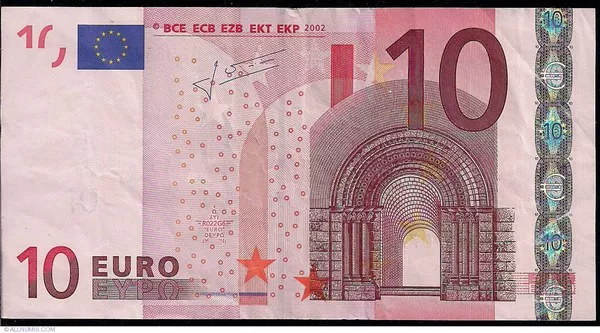During the Asian session on Thursday, EUR/USD hovered around 1.0740, trying to recover the previous day’s losses before the European Central Bank (ECB) announced its policy decision.
EUR/USD fell on Thursday after improving consumer price index (CPI) data from the United States. U.S. inflation increased at an annual rate of 3.7% in August, higher than the previous value of 3.2% and better than the expected 3.6%.
Core inflation rose on a monthly basis to 0.3% from 0.2% previously. The increase surprised markets, which had expected the metric to be flat. However, annual core inflation was in line with expectations, recording 4.3%, compared with the previous reading of 4.7%.
EUR/USD is likely to find initial support at the weekly low of 1.0705, followed by psychological levels of 1.0700 and then last week’s low of 1.0685.
If EUR/USD sustains a decline below this level, EUR/USD bears could approach the June low near 1.0661 and then the psychological barrier of 1.0650.
On the upside, key resistance for EUR/USD lies at the 14-day exponential moving average at 1.0769, followed by the 21-day exponential moving average at 1.0798 and the psychological 1.0800 level.
A move above this level would provide support to euro bulls, with EUR/USD likely heading towards the area around the 23.6% Fibonacci retracement level at 1.0823.
The MACD indicator remains below its midline and signal line. This technical formation points to underlying bearish momentum in EUR/USD and could be taken as a sign that the recent decline may continue to intensify.
EUR/USD traders may look to the 14-day Relative Strength Index (RSI), which is trading below the 50 level, indicating a bearish bias in the short-term.


